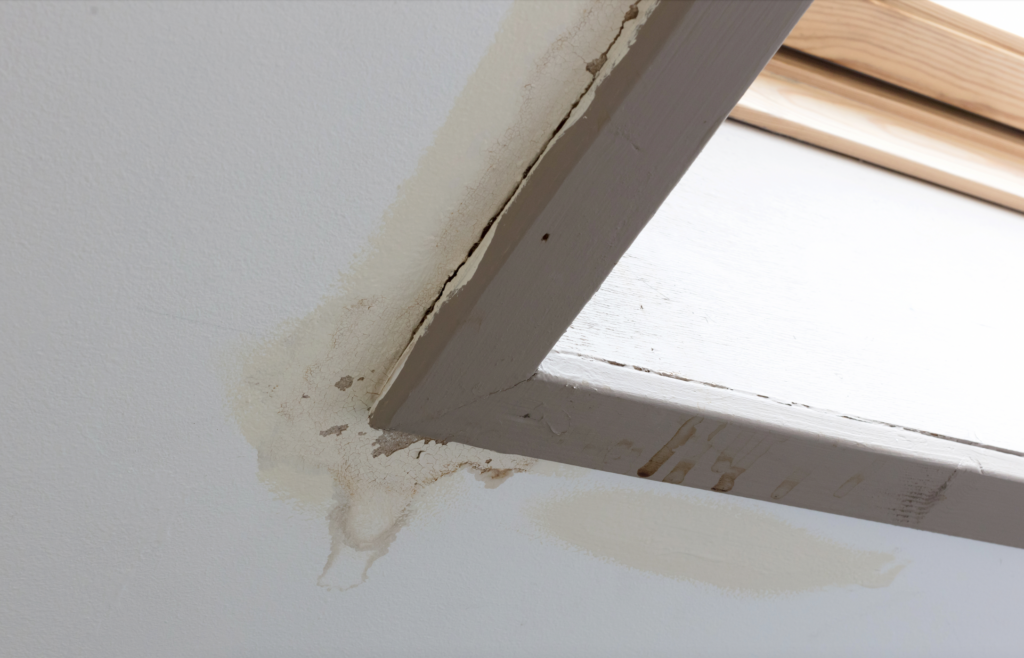Understanding Roof Condensation: Causes, Effects, and Solutions
Introduction:
Roof condensation is an issue that can lead to significant damage if left unchecked. Understanding why it occurs, its effects on your roof, and the best ways to prevent it is vital. This guide will help you identify the causes of condensation, its implications, and effective strategies to keep your roof in the best possible condition.
Understanding Condensation:
Condensation occurs when warm, moist air encounters a cold surface, causing the moisture to turn into liquid droplets. In the context of roofing, condensation typically forms on the underside of the roof deck or on attic surfaces when warm air from the living spaces escapes and meets cooler external temperatures. Regions that experience significant snow and ice are much more susceptible to condensation, and many municipalities require higher standards of roof installation and insulation applications to reduce the risks of damages.
Common Causes of Roof Condensation:
- Inadequate Ventilation:
- Cause: Proper airflow is crucial in maintaining a balanced temperature and humidity level in your attic or roof cavity. When airflow is inadequate, warm, humid air can become trapped.
- Effect: As warm, humid air accumulates, it settles on the cooler surfaces of the roof or attic, leading to condensation and potential mold growth.
- Poor Insulation:
- Cause: Insulation acts as a barrier that prevents warm air from escaping into the attic. If insulation is insufficient or improperly installed, warm air rises into the attic space.
- Effect: When warm air reaches the attic, it encounters cooler roof surfaces, causing condensation that can result in water damage and mold.
- High Indoor Humidity:
- Cause: Various activities in your home, like cooking, showering, or drying laundry, can generate significant moisture. When this moisture isn’t vented properly, it increases the overall humidity inside the house.
- Effect: High indoor humidity can exacerbate condensation issues, especially in colder months when warm indoor air naturally seeks cooler spaces.
- Rapid Temperature Changes:
- Cause: Abrupt drops in temperature or seasonal shifts can cause roof surfaces to cool quickly.
- Effect: When warm air in the attic suddenly encounters a colder roof deck, condensation forms, leading to moisture accumulation.
- Roof Leaks:
- Cause: Leaks due to damaged shingles, flashing, or other roof components can introduce water into the attic space.
- Effect: Water from leaks combined with warm, moist air can quickly worsen condensation problems, leading to mold, mildew, and structural damage.
Impacts of Roof Condensation:
- Mold and Mildew Growth:
- High moisture levels create ideal conditions for mold and mildew growth, which can cause respiratory issues and degrade the indoor air quality.
- Wood Rot and Structural Damage:
- Persistent condensation can lead to wood rot in the roof decking and rafters, compromising the structural integrity of your roof.
- Insulation Damage:
- Waterlogged insulation becomes less effective, reducing energy efficiency and exacerbating moisture issues.
- Decreased Roof Lifespan:
- Roof materials can deteriorate more quickly under constant exposure to moisture, requiring repairs or replacements sooner than expected.
Solutions to Reduce Roof Condensation:
- Improve Ventilation:
- Ensure your attic or roof cavity has proper ventilation. Ridge vents, soffit vents, and attic fans can help circulate air and remove excess moisture. Ensure that your vents (both intake and exhaust) are not impeded by any obstacles such as snow, tree debris, or insulation.
- Consider adding intake vents to bring in fresh air and improve the airflow balance.
- Increase Insulation:
- Check the insulation level in your attic and increase it if needed. Ensure all gaps around pipes, wiring, and ductwork are sealed to prevent warm air leakage.
- Reduce Indoor Humidity:
- Install exhaust fans in moisture-prone areas like bathrooms and kitchens to vent out humid air.
- Consider using dehumidifiers or whole-house humidity control systems, especially in high-humidity regions.
- Address Leaks Promptly:
- Repair any leaks in the roof promptly to minimize moisture entry from external sources.
- Inspect and replace flashing or other roof components that might allow water infiltration.
- Install a Vapor Barrier:
- Add a vapor barrier in the attic to prevent warm, moist air from reaching the roof deck and condensing.
- Regular Maintenance and Inspections:
- Regular roof inspections can identify potential issues before they escalate.
- Clean gutters and downspouts regularly to prevent water from backing up into the roof system.
Conclusion:
Roof condensation is a preventable issue if you understand its causes and effects. By ensuring proper ventilation, insulation, and reducing indoor humidity, you can safeguard your roof from potential damage. Proactive maintenance and seeking professional help when necessary are crucial in keeping your roof and home healthy. If you have concerns about your attics insulation, ventilation, or humidity – book an assessment from one of our qualified pros (here)

